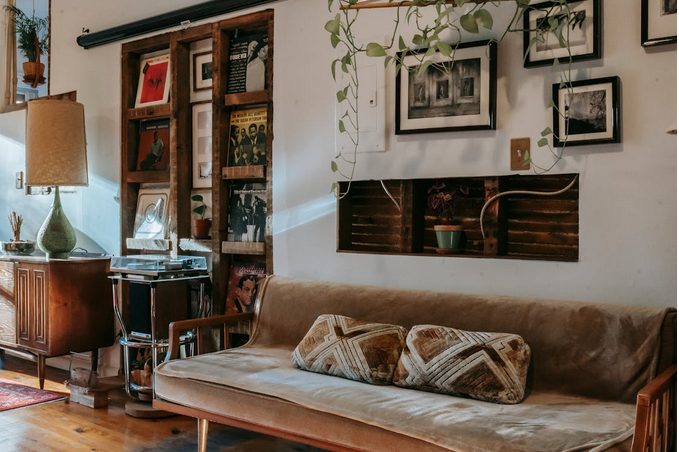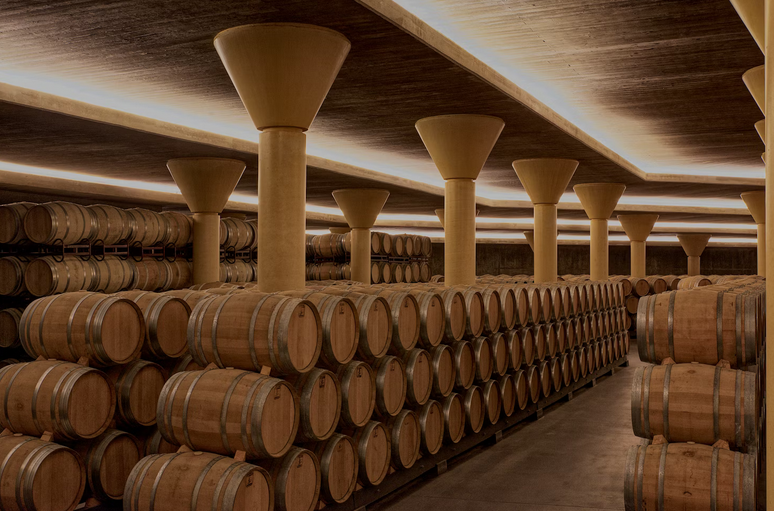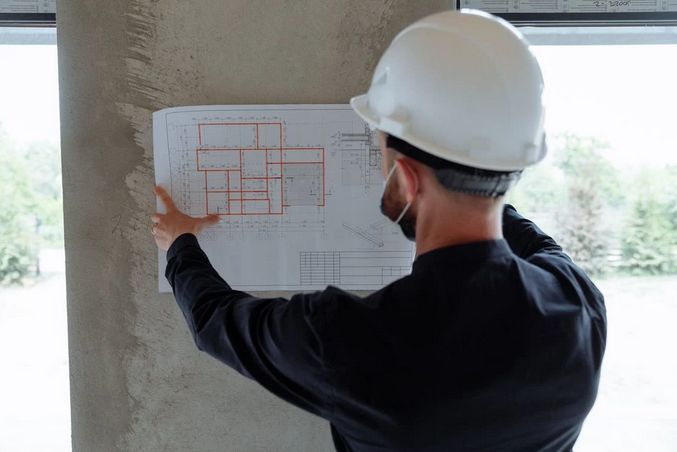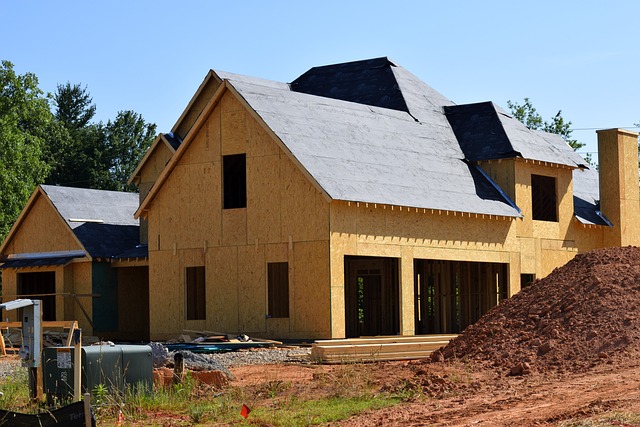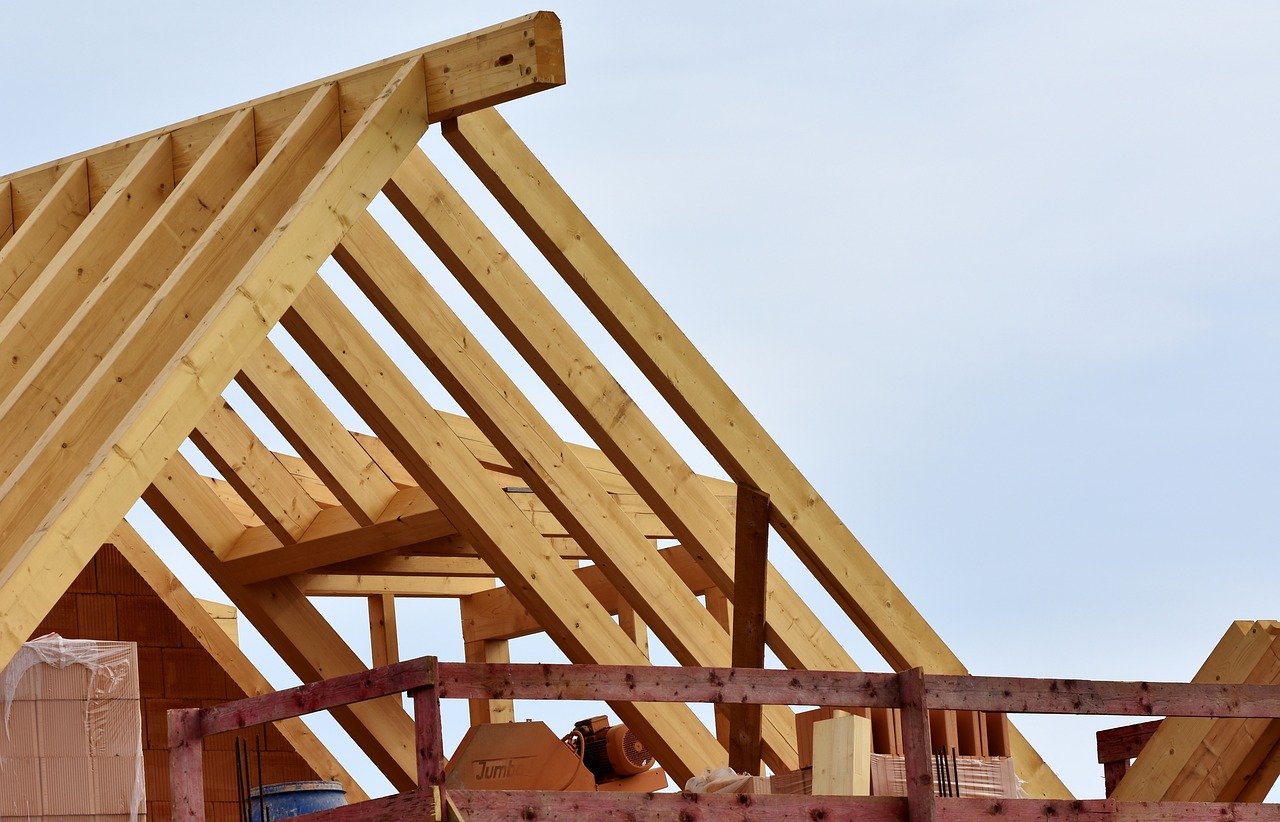
Things to Consider When Buying Roofing Materials
When it comes time to replace your roofing materials, there are many things you need to take into account. You need to find suitable materials for your climate, make sure that the materials are compatible with your roof type, and factor in the cost.
This blog post will discuss some of the most important considerations you should make when buying roofing materials.
The Climate in Your Area
 Before you buy roofing materials, you’ll need to take a look at the climate in your area. If you live in an area with severe weather conditions, you’ll want to choose materials that can withstand those conditions. For example, if you live in an area with a lot of rain, you’ll want to select a water-resistant material.
Before you buy roofing materials, you’ll need to take a look at the climate in your area. If you live in an area with severe weather conditions, you’ll want to choose materials that can withstand those conditions. For example, if you live in an area with a lot of rain, you’ll want to select a water-resistant material.
If you are unsure of the weather conditions in your area, talk to a roofing contractor like Rhino Roofers. They will give you advice on the best materials for your climate.
Your Home’s Architecture
When choosing roofing materials, you’ll also need to consider the style of your home. If you have a Victorian-style home, for example, you’ll want to choose materials that match the architecture of your home. This may mean opting for materials like clay tiles or slate shingles; both are popular choices for Victorian-style homes. Some materials may be more versatile in terms of style. Metal roofing, for example, may work well on a wide range of architectural styles.
The Size and Slope of Your Roof
It will be best to have a professional come and measure your roof size. Most roofs will be between 15 to 40 squares, but some get bigger than this. The roof slope is also significant because certain materials work better on different slopes. For example, asphalt shingles are best suited for low-sloped roofs, while slate is better for steep inclines.
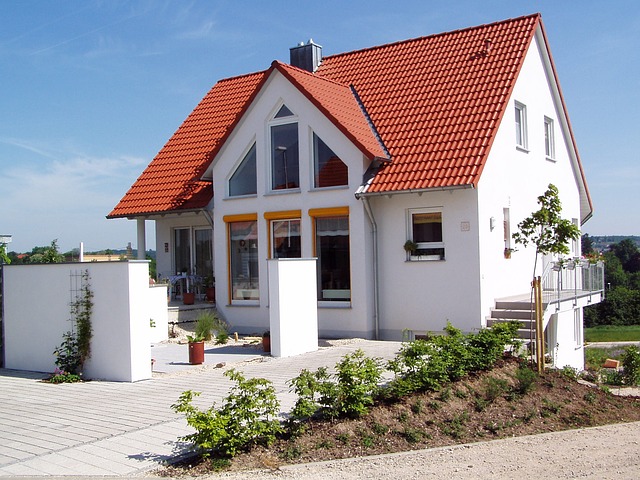


Your Roof’s Age
When your roof was installed, the materials used may have been the best option at the time. However, technology has progressed over time, and new materials have become available. If you require a full roof replacement, it is crucial to consider the age of your roof.
If your roof is over 15 years old, you may want to consider materials that have been available for less than 15 years or newer to make sure your investment will last as long as possible. You can also extend the life of your roof by regularly maintaining it.
Your Budget



If you’re in the process of buying home roofing materials, there are a few things to keep in mind. You need to make sure that your material will handle any weather conditions or other environmental factors without breaking …
